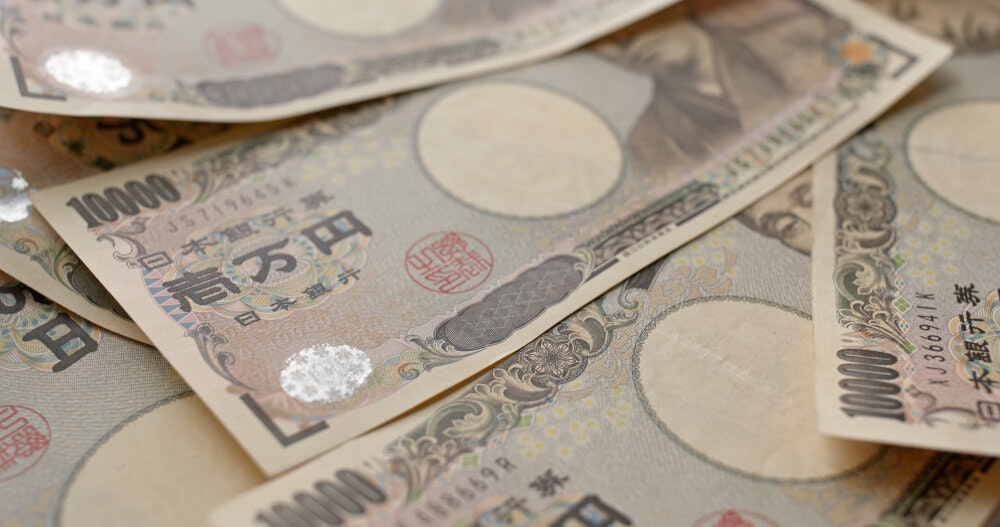Nick Goold
Mandates & responsibilities
The Bank of Japan is responsible for formulating and implementing monetary policy in Japan to achieve and maintain price stability and support sustainable economic growth.
The Bank of Japan has two primary monetary policy mandates:
- Achieve and maintain price stability, with a target inflation rate of 2%.
- Support sustainable economic growth while ensuring financial stability.
Additional responsibilities include:
Issuing currency
The Bank of Japan is responsible for issuing banknotes and coins in Japan and ensuring the stability and integrity of the country's currency.
Managing the country's foreign exchange reserves
The Bank of Japan manages Japan's foreign exchange reserves, held in various currencies and used to support Japan's international trade and financial transactions.
Conducting research and analysis
The Bank of Japan researches and analyzes a wide range of economic and financial issues. It also gives the government analysis and advice on economic and financial policy issues.

Policy Announcements & FX Markets
The Bank of Japan announces its monetary policy decisions eight times yearly at its regular policy meetings. These meetings are typically held over two days, with the decision announced on the second day.
After each policy meeting, the Bank of Japan releases a statement that outlines the decision on interest rates and any other changes to monetary policy. The statement also provides an overview of the Bank's economic outlook and the factors influencing the decision.
In addition to the policy statement, the Bank of Japan holds a press conference after each policy meeting, where the governor and other senior officials answer questions from the media. The press conference provides further insight into the Bank's thinking and the rationale behind its policy decisions.
The Bank of Japan also releases minutes from each policy meeting, which provide a detailed account of the discussions and decision-making process. The minutes are typically released about two weeks after the policy meeting.
Overall, the Bank of Japan is very transparent about its policy decisions and their influencing factors. Furthermore, the Bank tries to ensure that the public and the markets understand its policy stance by giving regular updates and holding press conferences.
The foreign exchange (FX) market's response to policy changes depends on many things, such as the nature of the policy change, the state of the economy at the time of the announcement, and market expectations.
In general, if a central bank announces a policy change that is seen as more hawkish (likely to lead to higher interest rates in the future), this is good for the currency of that country because it means the economy is stronger and investors have a better chance of making money. On the other hand, if a central bank announces a policy change that is seen as more dovish (likely to lead to lower interest rates in the future), this can be bad for the currency because it suggests a weaker economy and possibly lower returns for investors.
However, the reaction of the FX market to policy announcements can be complicated. Market expectations may already be priced into the currency, and the announcement may have little impact. In other cases, big market swings can be caused by policy changes or surprises in the accompanying economic outlook or statement.
There have been several recent instances where the Bank of Japan's policy changes have significantly impacted the value of the Japanese yen in the FX markets.
Here are a few examples:
Abenomics (2013)
Newly elected Japanese Prime Minister, Shinzo Abe, announced a series of economic policies, dubbed "Abenomics," aimed at revitalizing Japan's economy. The Bank of Japan supported these policies by implementing aggressive monetary easing measures, including a negative interest rate policy and large-scale asset purchases. These policies weakened the yen significantly, making Japanese exports more competitive and helping to boost the country's economic growth.
Yield Curve Control (2016)
The Bank of Japan announced a new policy framework, "yield curve control," which aimed to control the yield on 10-year Japanese government bonds by keeping them close to 0%. This policy change had a significant impact on the yen's value, as investors anticipated that the Bank of Japan would have to continue buying bonds to maintain the targeted yield, leading to further monetary easing and a weaker yen.
COVID-19 pandemic
As a result of the COVID-19 pandemic, the Bank of Japan took several steps to help the economy. For example, it expanded its asset purchase program and made it easier for small and medium-sized businesses to get loans. These policies led to a further weakening of the yen, as investors anticipated continued monetary easing and low-interest rates for the foreseeable future.
Changes to the Bank of Japan's policies have significantly impacted the value of the yen on the FX markets in certain periods. For this reason, traders and investors closely watch the central Bank's decisions and statements to anticipate and judge where interest rates and economic growth are likely to go in the short to medium term.

